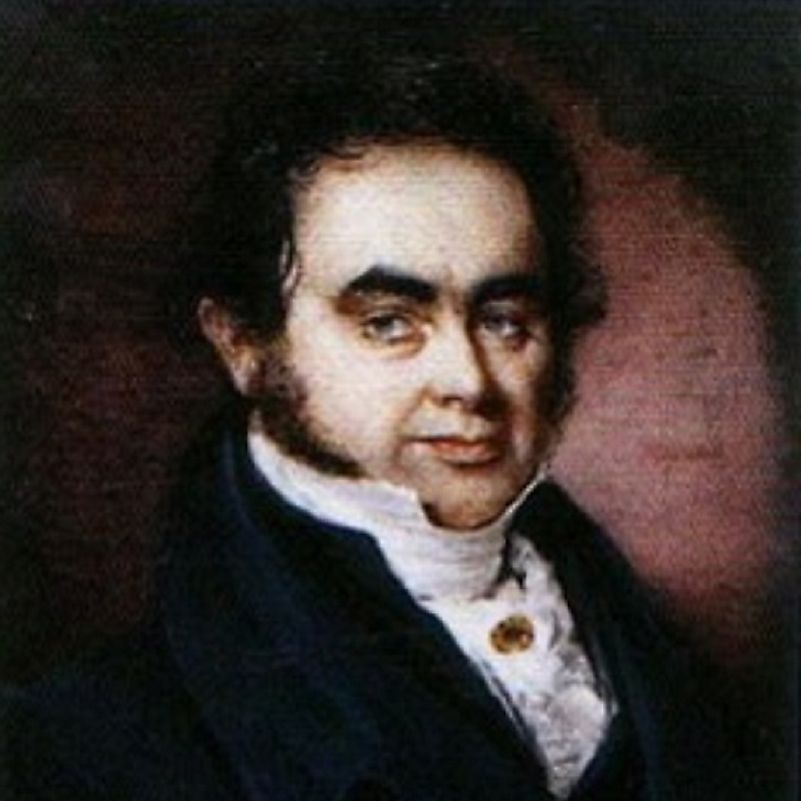James Weddell - Famous Explorers of the World

5. Early Life
James Weddell, who would become a famed English seal hunter, navigator, and explorer, was born in Ostend, England, on September 24th, 1787. His family became impoverished after his father passed away, so his mother sent him to the Royal Navy at the age of nine, alongside his older brother. Six months later, Weddell was given discharge papers. In 1805, Weddell was again sent out to sea as an apprentice to a ship captain, and most of his early years were spent training to become a sailor. Bonded to the sea captain and treated harshly, as was common for apprentices during that time, after five years Weddell left to join the Royal Navy again. This time, he moved up through the ranks to become a Master of the Royal Navy ship, Hope.
4. Career
As master of a navy warship, Weddell was called to duty in the English-French War. In 1816, after the Napoleonic Wars were concluded, he was discharged from his Royal Navy service. By this time, Weddell had decided to join merchant ships sailing for the West Indies. After some time, he found employment on a seal hunting brig named Jane. Weddell sailed for the South Shetlands Islands in 1820, where he found his fortune in hunting seals. Returning to England with a large cargo of seal pelts, he was ordered by his employers to make a second voyage in 1821, but only a few seals were found. Obviously, the majority had already been hunted by English and Americans sealing ships the previous season.
3. Major Contributions
Weddell discovered the mottled edible seals of the South Orkney Islands in 1822. He also found the Southern Ocean that led to the South Pole. In his many sea voyages and explorations, Weddell saw many wild animals that he drew and recorded in his captain's logbook. In 1823, he entered into his logbook accounts of his exploration into the Antarctic waters. On the journey, he sailed on calm waters and encountered few icebergs, which proved contrary many of the popular beliefs held about the coldest, farthest reaches of the Southern Seas at that time. He later logged, however, that he didn't see any land in the Southern Ocean. In 1827, he published his memoirs on his expedition to the South Pole.
2. Challenges
During his career as ship master and explorer, Weddell had to weather some significant challenges. He sailed through a huge sea storm in 1823, and encountered heavy ice cover on his expedition to the South Shetland Islands. In 1829, in the Azores, his sealing ship, Jane, developed many leaks that couldn't be repaired, and was therefore scuttled instead. On their return trip to England, Weddell and his men boarded another ship with their cargo, but this ship became marooned on Pico Island. Reaching England, Weddell was in dire financial straits due to the scuttling of his ship. He later found employment as the Master of the merchant ship Eliza and, in 1830, he voyaged to western Australia and Tasmania.
1. Death and Legacy
After so many expeditionary voyages, some successful and a few failed, Weddell returned to normal civilian life. But, in due time, Weddell heard the sea calling him yet again, and James made a proposal to the Admiralty to make another exploration voyage to the Antarctic Seas. However, this time Weddell was unsuccessful in persuading them to support another expedition, and he then went back to sailing merchant ships, though his fortunes turned for the worse. On September 9th, 1834, Weddell died in London, an impoverished, perhaps heartbroken, man. In the years following his demise, Weddell was commemorated by naming an island in the Falklands and an Antarctic sea in his honor.











